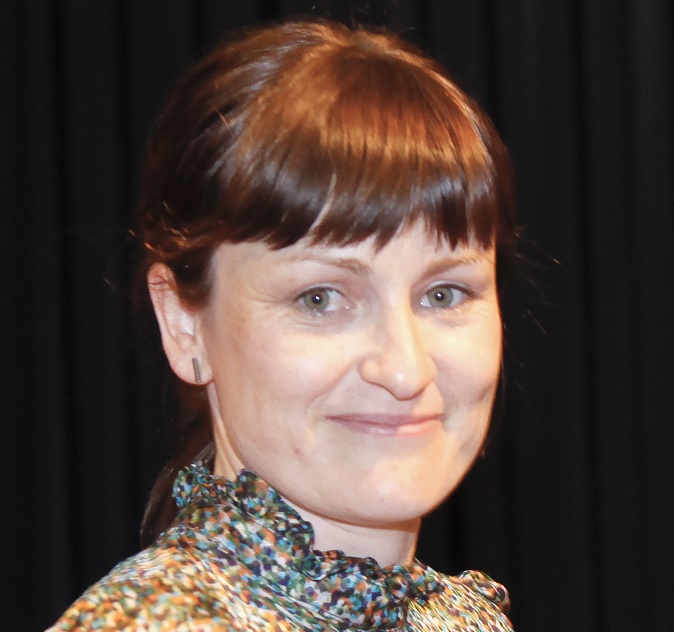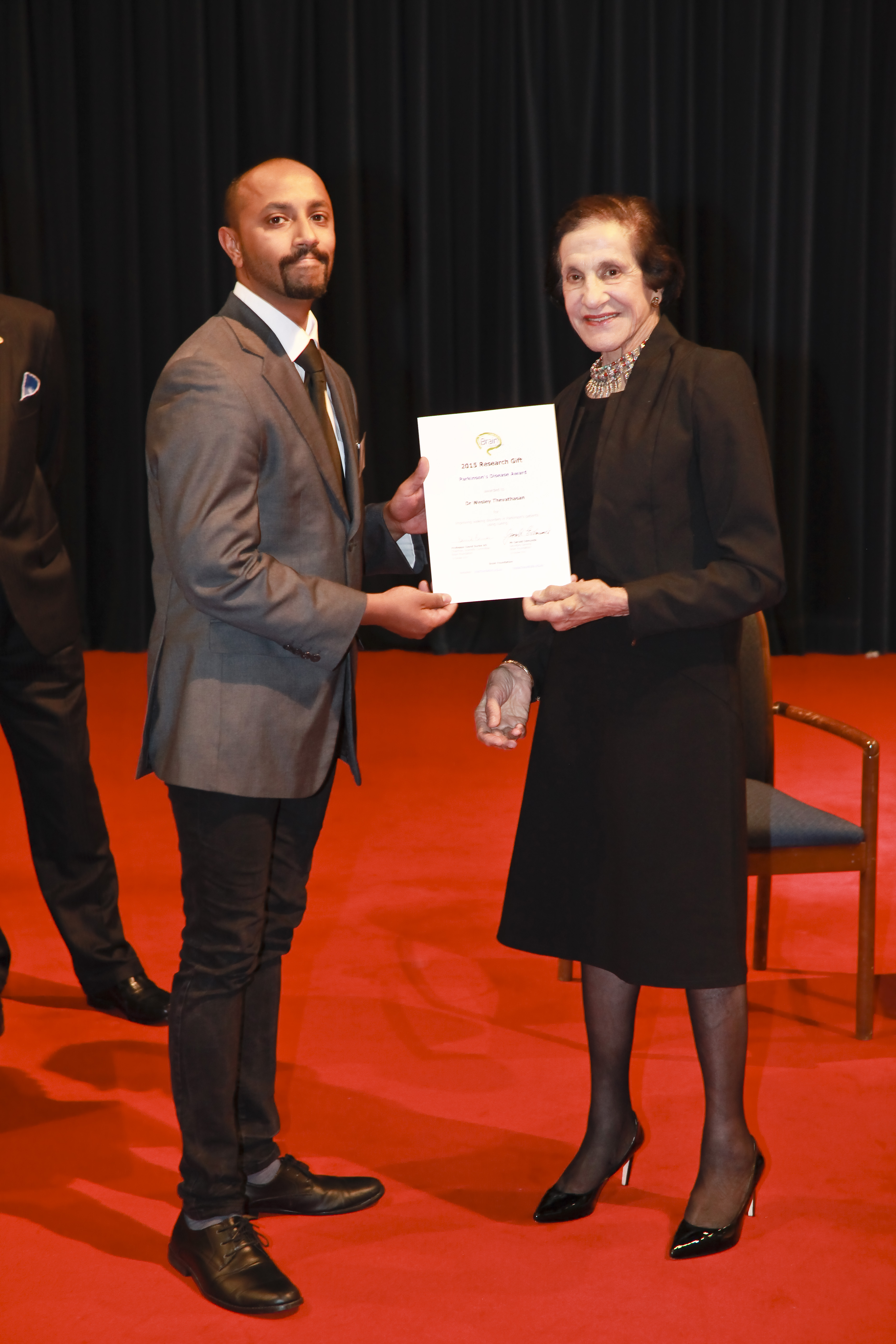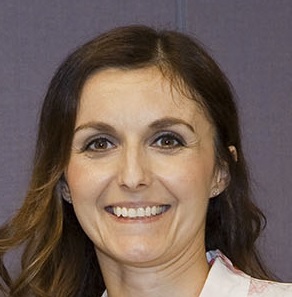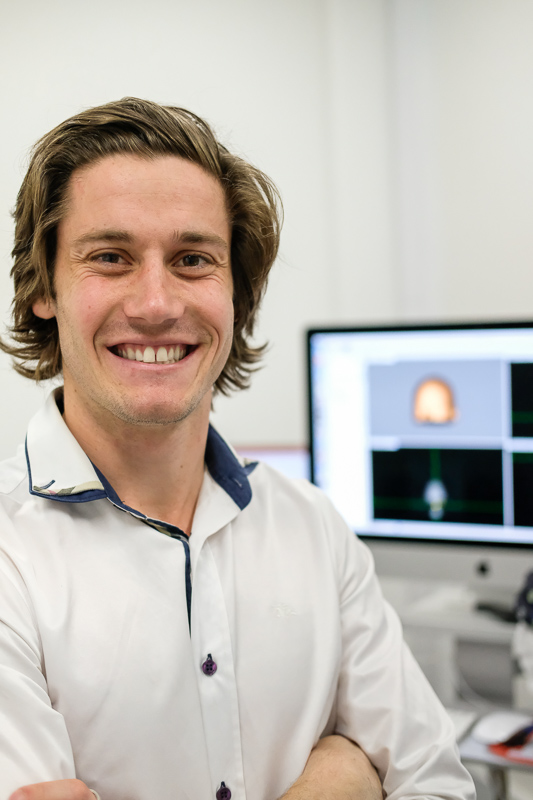
Search
16 Oct Neuromuscular Disease
...known as X-linked spinal and bulbar muscular atrophy (SBMA), is a rare, recessive, inherited neurodegenerative disorder which causes slowly progressive weakness and wasting of muscles. It also affects the nerves...10 Feb Alzheimer’s Award
...in the chemical biology of neurodegenerative diseases, especially the discovery of drugs and drug targets for the treatment of Alzheimer’s disease (AD). AD is the most common neurodegenerative disorder and...27 Jan Migraine Award
...use the MIFE technique to study mechanisms underlying migraine. Migraine is a complex, disabling disorder of the brain that manifests as attacks of often severe head pain with sensory sensitivity...19 Jan Cervical Dystonia Award
PROJECT SUMMARY: Recent evidence supports a role for the cerebellum in the pathogenesis of dystonia. Cervical dystonia is a debilitating, painful neurological disorder that is known to reduce quality of...15 Jan Epilepsy Award
PROJECT SUMMARY: Epilepsy is a common, immensely disruptive and occasionally fatal disorder affecting about one percent of the population. Drug therapy will prevent seizures in about 70% of patients, but...26 Oct Epilepsy
Watch Dr Emma Foster accept the research grant award and hear a bit about the project. Project Summary: Epilepsy is a neurological disorder that causes recurrent seizures. More than 150,000...11 Aug Trigeminal Neuralgia
...1756 Information contact – Members@tnaaustralia.org.au www.tnaaustralia.org.au National Institutes of Neurological Disorders and Stroke – USA https://www.ninds.nih.gov/Disorders/All-Disorders/Trigeminal-Neuralgia-Information-Page Trigeminal Neuralgia Association (USA) www.tna-support.org Reviewed by Professor James Lance, AO, CBE, Neurologist...11 Feb Paediatric Neurology Award
...disease such as multiple sclerosis (MS). In young children however, monophasic brain demyelination is common (named acute disseminated encephalomyelitis-ADEM). Patients with ADEM usually have sudden onset post-infectious brain disease with...20 Jan Cerebral Diseases
...of stroke. We hypothesise that treatment with progranulin will reduce brain damage and improve outcome when given intravenously after stroke. In order to evaluate the therapeutic potential of progranulin, animal...20 Jan Parkinson’s Disease
...the molecular pathophysiology of MSA has been barely investigated. In particular, there have been no systematic studies of the perturbation of the brain transcriptome during the onset and persistence of...19 Oct Parkinson’s Disease Award
...analysis, supported by the Brain Foundation, detected the involvement of two types of brain systems controlling balance; intermittent and continuous. Intermittent control was indicated by the appearance of abrupt redirections...31 Oct Cerebral Diseases
Project Summary: Brain arteriovenous malformations (AVMs) are abnormalities of blood vessels, in which direct connections form between arteries and veins. The high-pressure arterial blood injects into fragile cerebral veins and...01 Nov ALZHEIMER’S & OTHER NEURO-DEGENERATIVE DISEASES
...before clinical presentation, at a point when the minimum disruption to the brain has occurred. One of the greatest challenges in clinical neurology therefore is to identify individuals most at...11 Dec Motor Neurone Disease
...of Brain Foundation grant funding for research into Motor Neurone Disease – click for more. In 2022 Dr Frederick Steyn was the recipient of Brain Foundation grant funding for research...09 Dec ALZHEIMER’S AND OTHER NEURO DEGENERATIVE DISEASES
...have greater rates of brain volume loss with aging, but it is not known which patients will develop dementia over time, and which factors will predict cognitive impairment in these...16 Oct Alzheimer’s and Other Neuro Degenerative Diseases
...in the brain and spinal cord that leads to muscle weakness, wasting, and paralysis. It is an inevitably lethal disease with a lifetime risk of ~ 1 in 400 Australians....26 Oct Multiple Sclerosis & other Inflammatory Diseases
Watch Dr Jessica Fletcher accept the research grant award and hear a bit about the project. Multiple Sclerosis (MS) is a complex disease, involving the immune system and brain, with...11 Dec Encephalitis
...research. www.encephalitis.info National Institute of Neurological Disorders and Stroke (USA) www.ninds.nih.gov/health-information/disorders/meningitis-and-encephalitis British Brain and Spine Foundation brainandspine.org.uk Reviewed by: Dr Matthew Kiernan, PhD, FRACP, Consultant Neurologist, Prince of Wales Hospital...28 Sep Elizabeth Penfold Simpson Award
Project summary It is now well understood that exercise provides numerous benefits to the human brain. Importantly, acute exercise has been shown to modify neuroplasticity (the ability of the brain...25 Jan Neuro-Vascular Disease Award
Project Summary: Arteriovenous malformations (AVMs) of the brain are complex vascular lesions that most commonly present with stroke. Bleeding from AVMs accounts for only 2% of all strokes, but is...26 Jan Parkinson’s Disease Award
PROJECT SUMMARY: Parkinson’s disease is a common progressive neurodegenerative disorder, which is primarily diagnosed on the basis of clinical features and response to dopaminergic therapy. In the early stages of...14 Jun Dystonia Webinar
The Brain Foundation is providing you with a free detailed online presentation on Dystonia. Dystonia is a neurological disorder characterised by involuntary muscle contractions which may lead to repetitive movements...11 Dec Essential Tremor
...Disorders and Stroke (US) ninds.nih.gov/Disorders/All-Disorders/Tremor-Information-Page International Essential Tremor Foundation www.essentialtremor.org Reviewed by Dr Victor Fung, MB BS (Hons) PhD FRACP, Director, Movement Disorders Unit, Department of Neurology, Westmead Hospital, Westmead....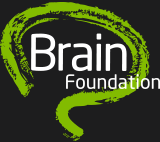
 The Brain Foundation is the largest, independent funder of brain and spinal injury research in Australia. We believe research is the pathway to recovery.
The Brain Foundation is the largest, independent funder of brain and spinal injury research in Australia. We believe research is the pathway to recovery.PLEASE HELP US BY DONATING TO OUR RESEARCH PROGRAM.







